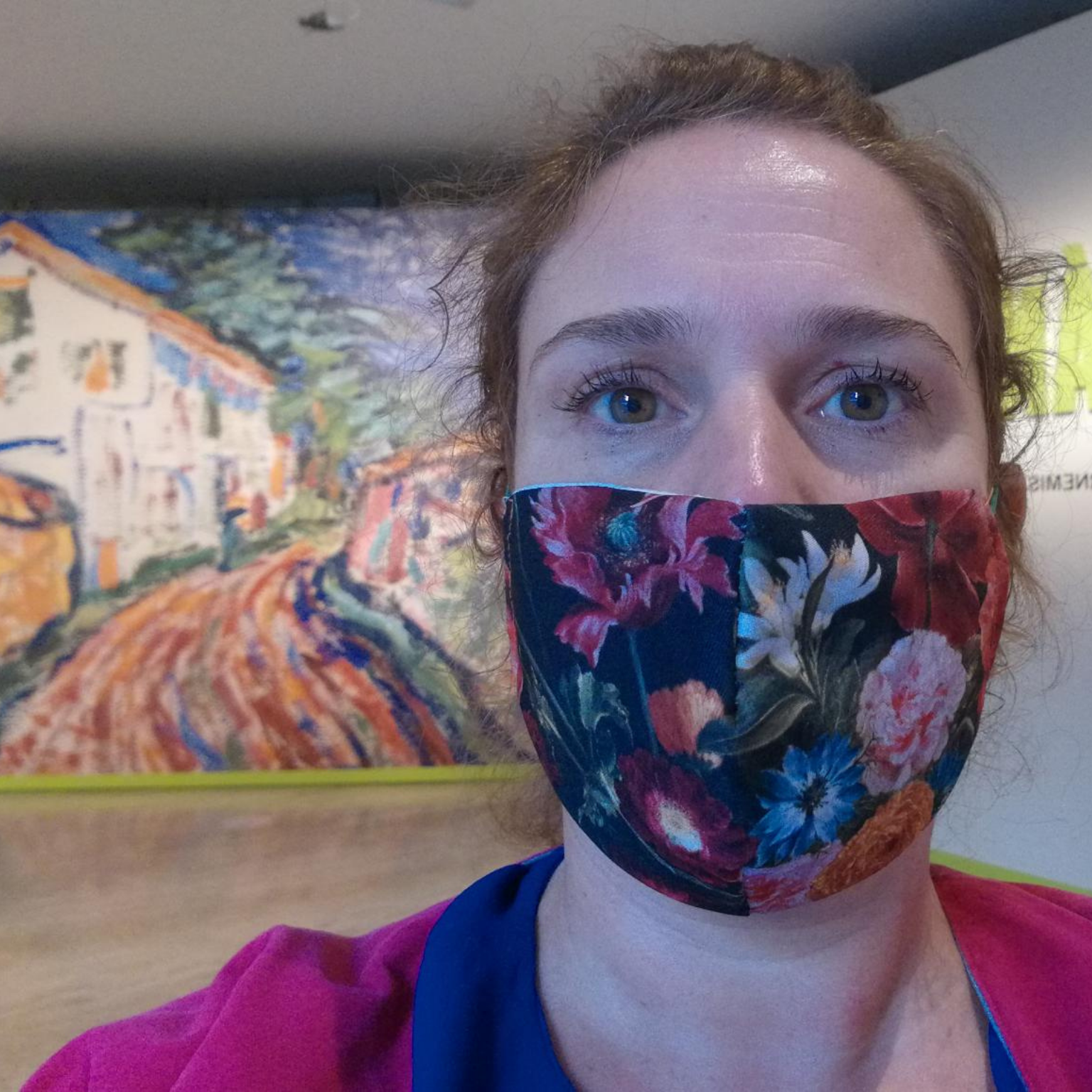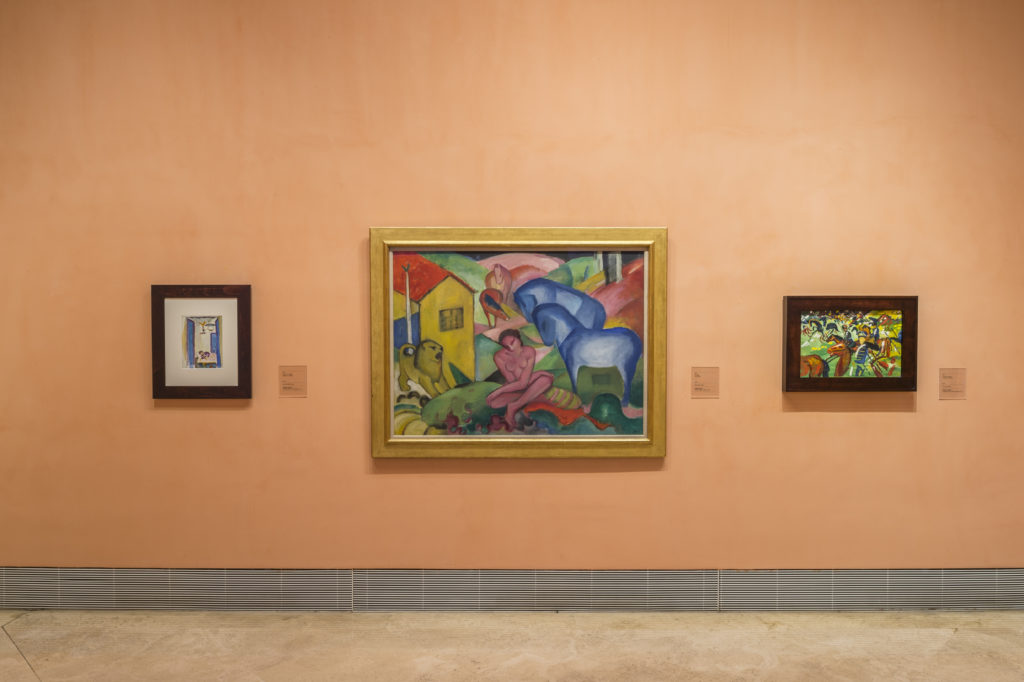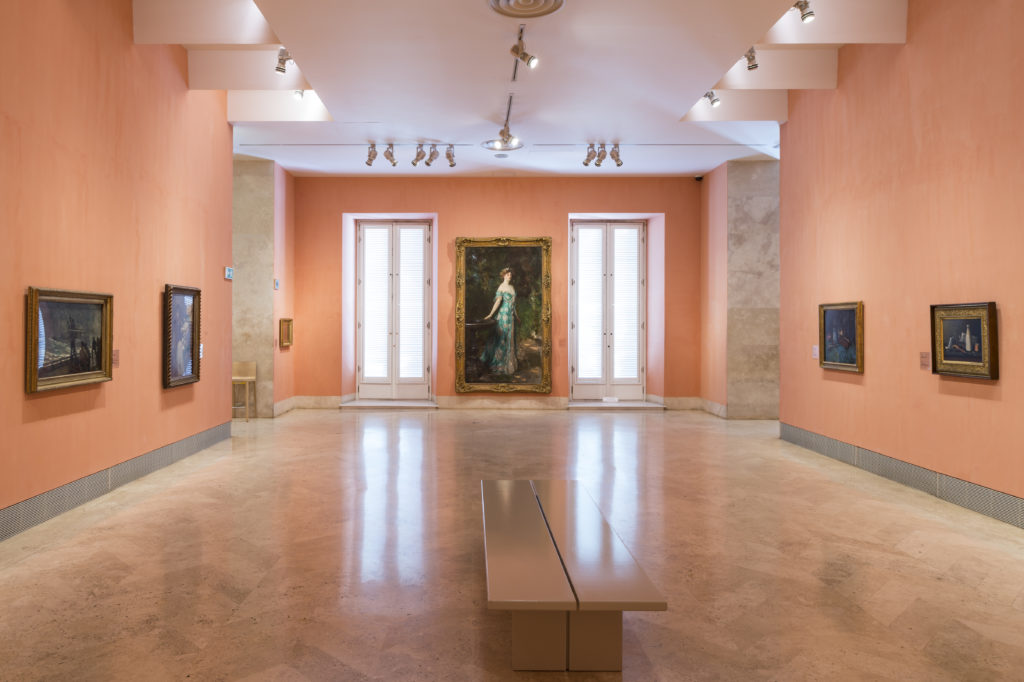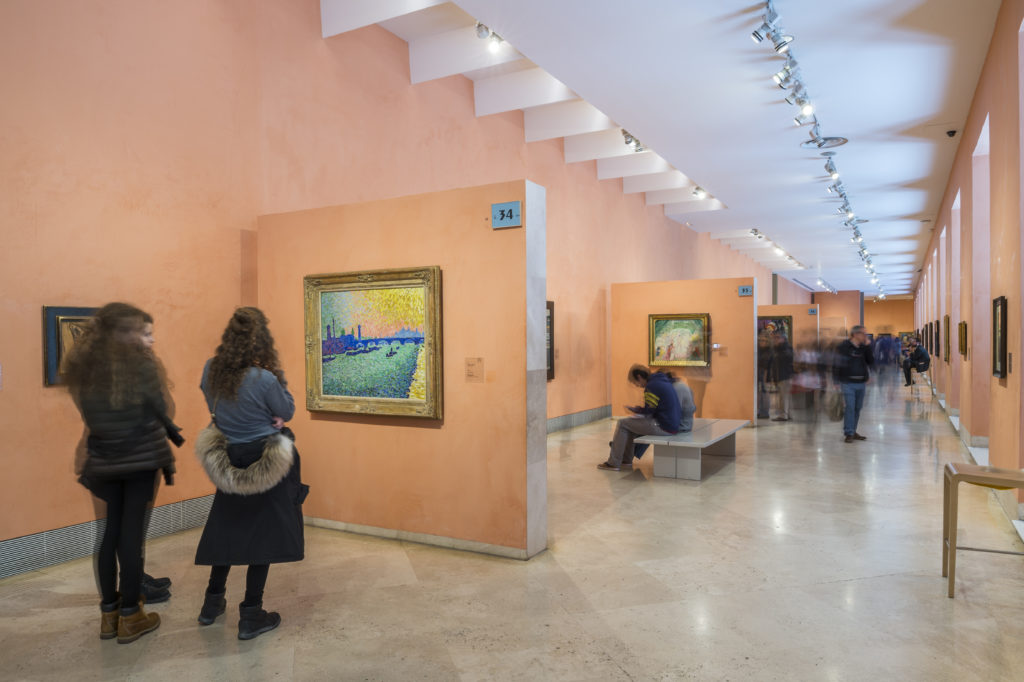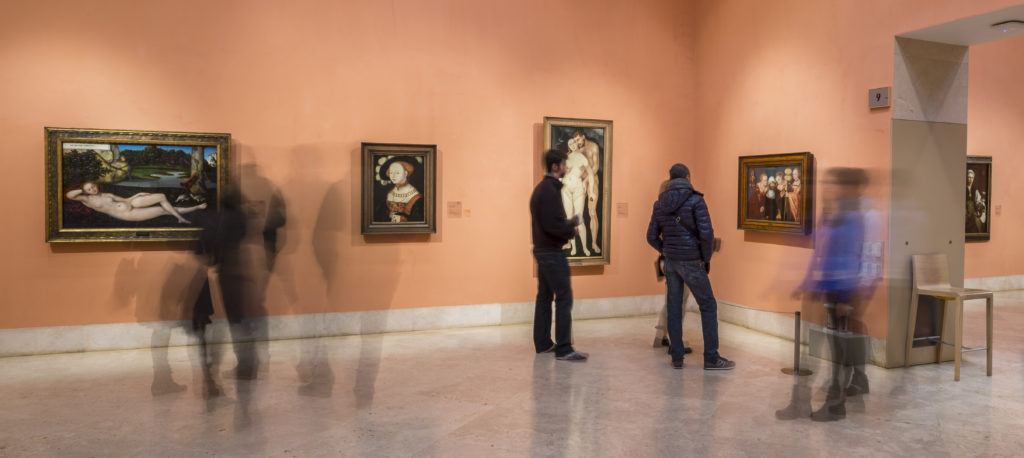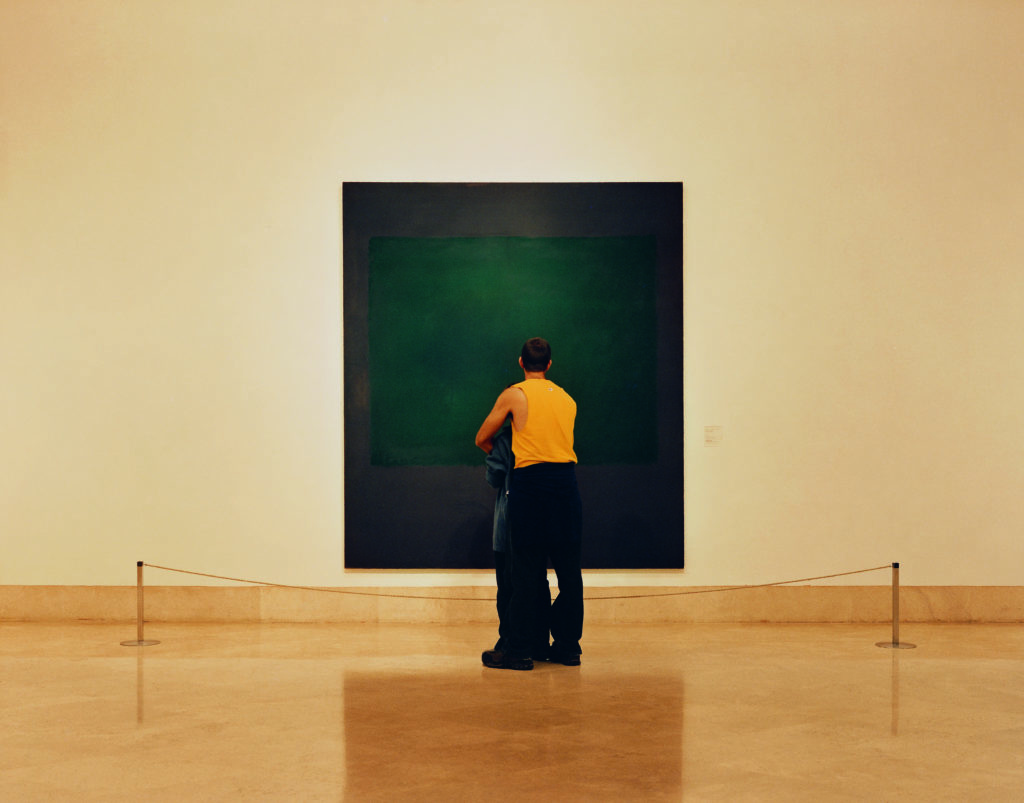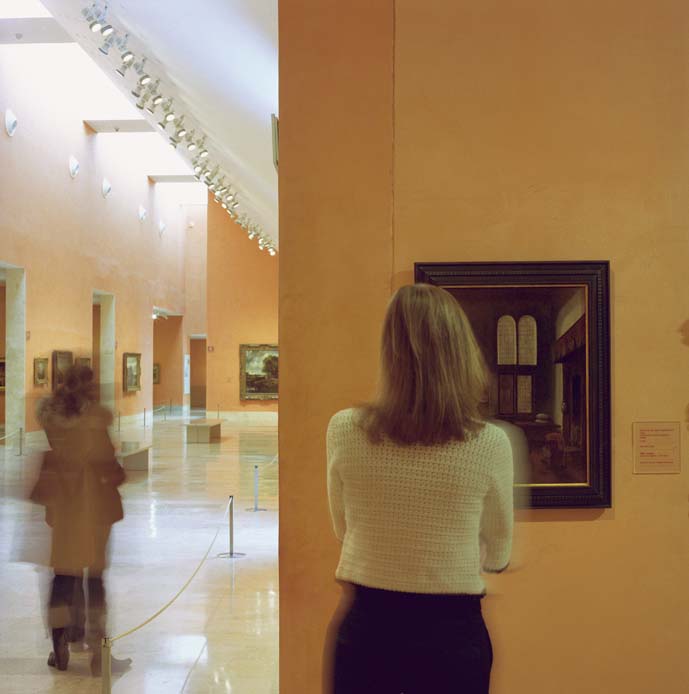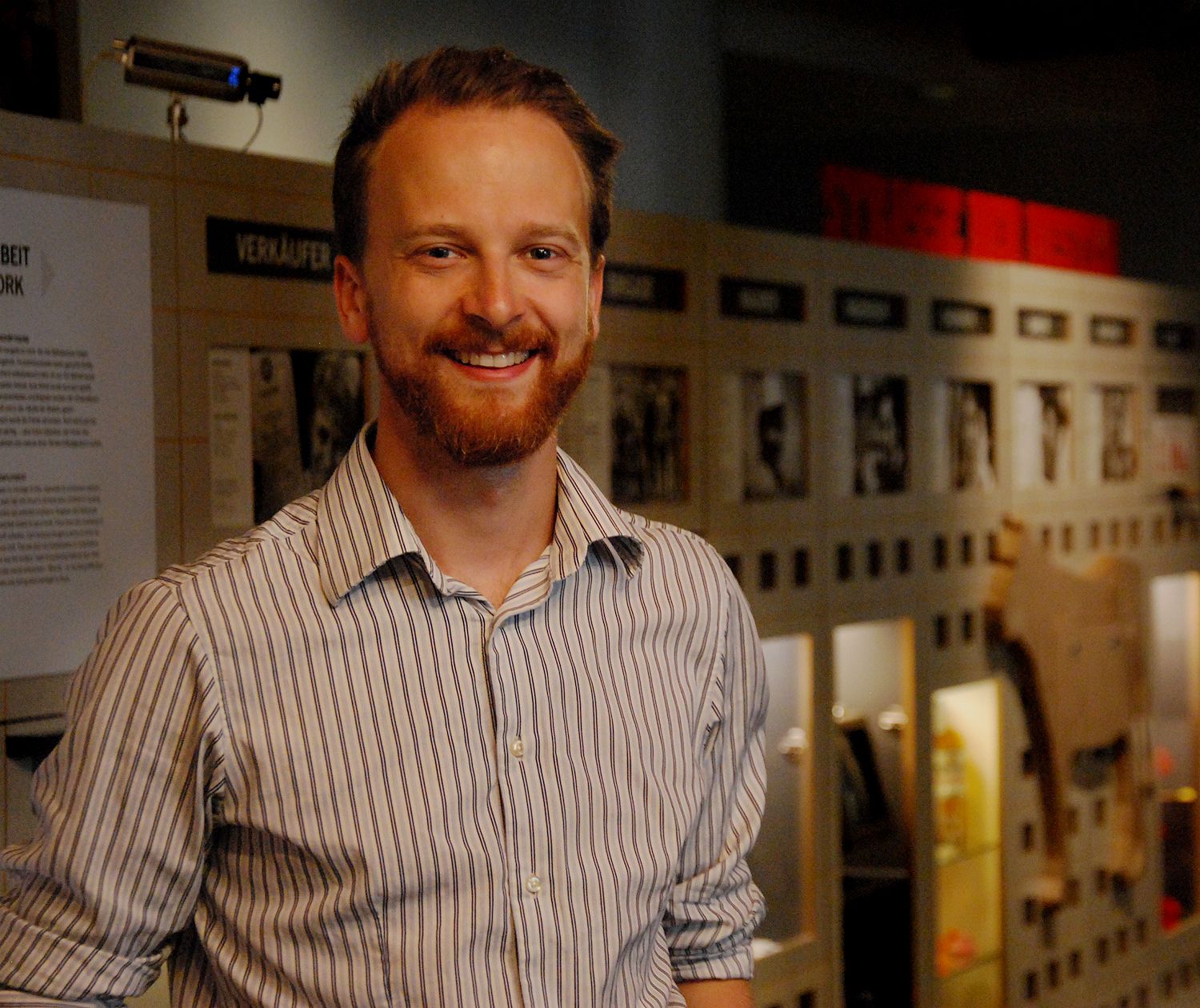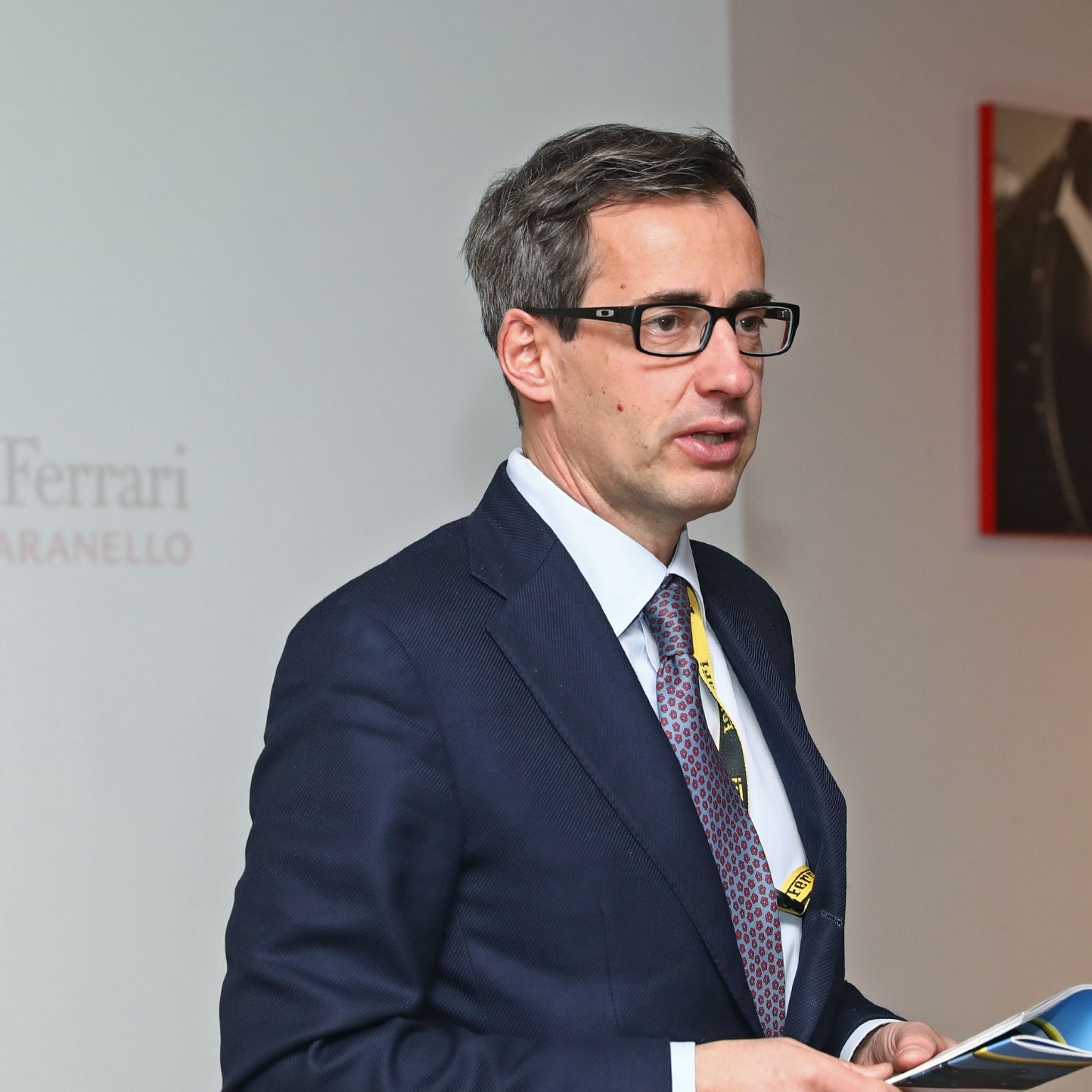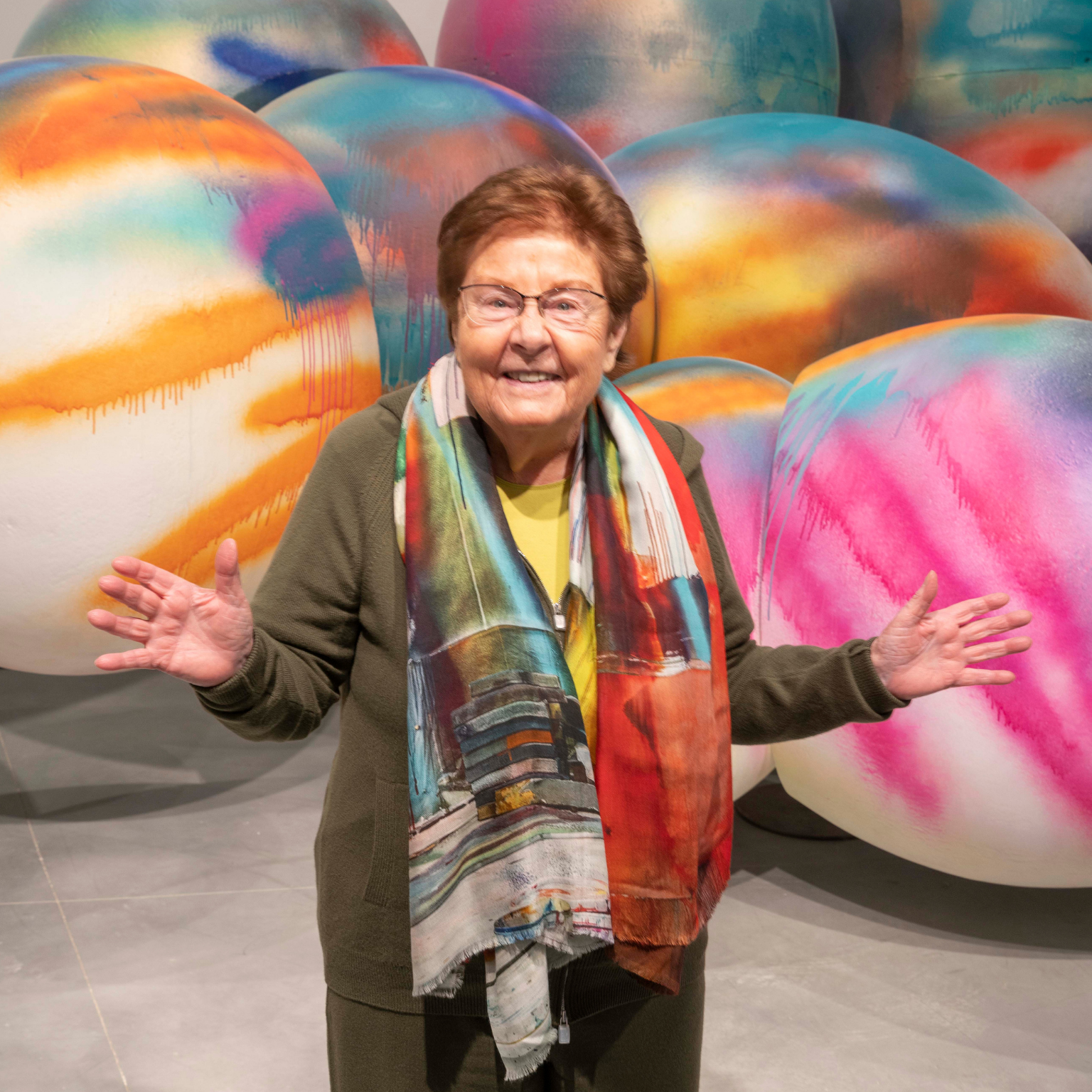Carolina Fábregas, Marketing Director and Business Development at the Thyssen-Bornemisza National Museum, Madrid. Photography © C. Fàbregas Hernández
1.What is your museum about and what is your work there?
The National Museum Thyssen- Bornemiza holds one of most important painting collections assembled in the 20th century. The Thyssen-Bornemisza family originally owned the collection but in 1993 the Kingdom of Spain acquired it becoming an important part of the Spanish Heritage. The collection includes works from numerous artistic movements of Western art from the 13th to the 20th century.
2.How is your museum dealing with the coronavirus crisis?
We immediately reacted quickly and diligently and persisted with our activities despite our physical doors have been closed. This period required an immediate sense of adaptability to find new forms of communication and ways to engage with our visitors, while still abiding to the worldwide social distancing regulations.

Our goal as National Museums Thyssen-Bornemisza is to support people in such a hard moment and for this reason, we are elaborating a multitude of contents which we have rethought, ordered, and launched to accompany, entertain, form, inform, amuse all individuals. We have enabled the museum space so that each person could explore it the way they wished, through virtual guided tours of both our temporary and permanent collection.
During this period we are discovering the importance of trying to appeal to everyone by implementing new ways of interaction. We are continuously being challenge to overcome all kind of challenges but at the same time it is being a great opportunity to learn, reinforce our image continue building up on our digital space by increasing our social media presence and followers and expand our audiences.
3.What is the impact on your digital activity? Do you have tips to share with your colleagues?
We are pleased with the digital impact we are receiving from all our different platforms. Nowadays, all of the digital activities have become complementary to the normal activities of a museum. Having digital space, having digital resources, promoting digital actions is the only way to be a Museum that functions in the 21st century.
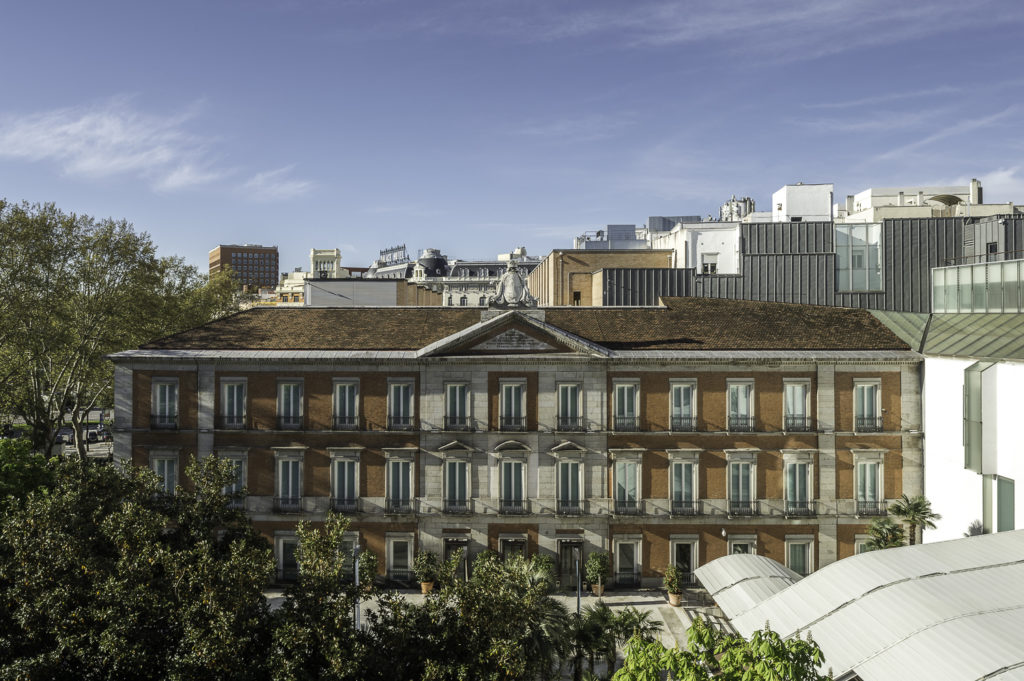
It is fundamental conceptualise the digital and the physical as a whole and not as isolated concepts, as they are becoming always more intertwined. For this reason we are continuously experimenting, thinking about the value proposals that could adapt to a 100% virtual visitor.
A recommendation I can give is to try to see the “light” nonetheless the dark and difficult period for everyone. Take this moment as an apprenticeship to learn and continue to challenge and push yourselves. For everyone, but mostly for cultural institutions this is a great opportunity to show even more your role and enhance your mission in a more social way. Do not to cut off your educations departments, but on the contrary you have a greater role to sustain the social educational nature.
Furthermore, the pandemic has accelerated and facilitated many processes thus it important that each one of us reflect and re-organise ourself to adapt this new reality. Lastly, museum have to keep its digital environment active and engaging so that people’s desire to visit the museum in person will not fade.
4.Are you preparing yourself for the reopening or you are already opened? Tell us in what way.
We re-opened our doors on the 6th of June with all the safety procedures which guarantee a secure visit. We are currently working very hard to launch a new exhibition on the 27th of October on German Expressionism. For the first time in decades, the exhibition German Expressionism from the Baron Thyssen-Bornemisza Collection now reunites those works with the group of Expressionist paintings that remained with the Baron’s wife, Carmen Thyssen-Bornemisza and his children.
Interview by Fabio Pariante, journalist
MORE
Thyssen-Bornemisza National Museum on social networks: Facebook – Instagram – Twitter – YouTube – Pinterest – TikTok
The Thyssen-Bornemisza Museum was inaugurated on 8 October 1992 in the Villahermosa Palace in Madrid, and exhibits the private collections of two generations: Heinrich Thyssen-Bornemisza (1875-1947) and Hans Heinrich Thyssen-Bornemisza (1921-2002). A part of the most important paintings collected by the Thyssen-Bornemisza family, includes a period from the end of the 13th century to the 1980s, purchased by the Spanish state in 1993.
The Permanent Collection is spread over three levels and along the way there are also two monographic rooms. The visit begins with Ancient Painting: the Italian Primitive Masters and then continues with manifestations of the Renaissance and Baroque. In the other rooms there is the Dutch school, modern painting with two galleries dedicated to North American artists of the nineteenth century, then Impressionism, Post-Impressionism and German Expressionism. The ground floor is dedicated to the twentieth century, from Cubism to Abstractionism, from Surrealism to Pop Art and Figurativism.
Carolina Fàbregas Hernández is the marketing and business development director and has joined the museum, to strengthen the positioning of the Thyssen-Bornemisza National Museum as a cultural and artistic reference nationally and internationally, as well as to spread and broaden knowledge of the collection.
